What is evaporative cooling
Evaporative cooling uses principle of water evaporation to help cool the air. Based on the principles of evaporation, hot and dry outside air is drawn through water-soaked cooling pads. As the air is pushed through these pads, the water evaporates and the heat in the air is absorbed, which lowers the air temperature.

How does evaporative cooling work?
Evaporative cooling, also known as adiabatic cooling, works on the principle of water evaporation by which the incoming hot air is cooled down to a comfortable temperature.
It is a cooling and ventilation technique that uses water as its refrigerant.
During the evaporative cooling process, water is evaporated in a stream of air and passes from a liquid to a gaseous state. This transition requires energy, which is extracted from the air in the form of heat. This heat referred to as latent heat of vaporisation. As a result of this process, the air is cooled down.
The evaporative cooling process finds its application in recently developed advanced evaporative cooling processes:
- Direct evaporative cooling
- Indirectdirect evaporative cooling
- Indirect adiabatic cooling
To know more about indirect direct evaporative cooling visit the page on ‘two stage evaporative cooling’.
Evaporative cooling system: how does it work
In an evaporative cooling system, hot outside air is forced through wet cooling pads by means of an axial fan or centrifugal fan. The fan is motor driven. The honey comb cooling pads are sprinkled with water continuouslythrough a water pump that delivers water on to the cooling pads. The cooled down air is then blown into the space -industrial, commercial or residential for comfort cooling and sometime times to keep the products fresh like vegetables. The drop in temperature of ambient air depends on wet bub efficiency and efficiency cooling media. The wet bulb efficiency is generally 80-90%. The outcoming air is cooled down 10 to 15 °C in dry & hot regions but humidity of air rises. Therefore direct evaporative cooling is not recommended for places where moisture susceptible products are stored .

Two-stage evaporative cooling is advanced evaporative technology. It uses an sensible heat exchanger before cooling media. It can deliver efficiencies up to 110% of the wet bulb. It is capable of giving an additional drop in temperatures by 5- 7 °C . The air is not only better cooled but it is also 60% less humid than that resulting direct evaporative cooling methods.


The psychrometric chart shows an example of a one-stage evaporative cooling process vs a two-stage evaporative cooling process with outdoor air at 42.3 °C and 19.2 % relative humidity. As shown above in design schematic Single-stage evaporative cooling process produces indoor air with a higher humidity content than a two-stage evaporative cooling process (~16.8 g/kg vs ~13.9 g/kg). Furthermore, the wet-bulb efficiency of a one-stage evaporative cooling process is lower than a two-stage evaporative cooling process (85% vs 110%). Also in IDEC we get better drop in temperature in comparison to DEC (~26 °C vs ~21.5°C).
Check out our two-stage adiabatic cooling system on Coolator 8
How evaporative cooling can help achieve sustainability goals:
Evaporative cooling, whether direct or indirect-direct system, is a highly sustainable and energy-efficient cooling method. It does not generate harmful green gases and as such help to reduce carbon foot print and global warming.
It provides a comfortable ,healthy and productive climate for manufacturing plants ware houses ,factories , other commercial and religious buildings. The evaporative cooling process in an indirectdirect cooling system uses 80-90% less electric energycompared to mechanical cooling while delivering more or less equal temperatures as traditional mechanical cooling systems in hot and dry climatic conditions. It is most viable and cost effective method to cool large and open spaces. Furthermore, unlike mechanical cooling, evaporative cooling does not recirculate the warm, polluted indoor air, but ventilates 100% fresh, filtered, clean, and cooled air into a space or building. As a result, the indoor air quality is substantially healthier and gives rise to feel good factor resulting in more productivity and better profits in industries.
For information on the health and environmental benefits of evaporative cooling, check out our page Why evaporative air cooling system.
A comfortable and sustainable Cooling Solutions for your work spaces
Check out how evaporative cooling works in practice, and discover what evaporative cooling could do for you.

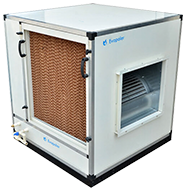

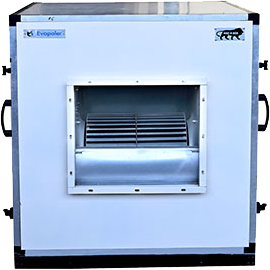
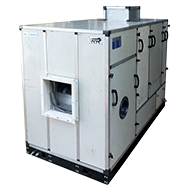
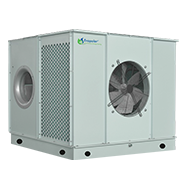
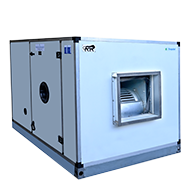
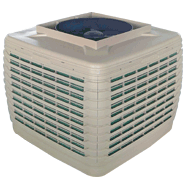

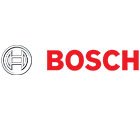

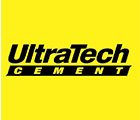


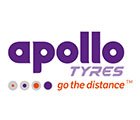



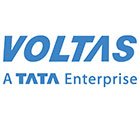
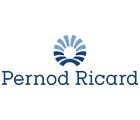





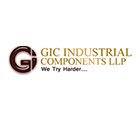



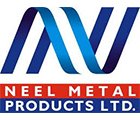
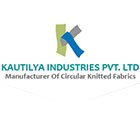
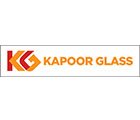


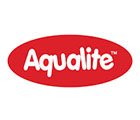





 Download Brochure
Download Brochure  Customer Care
Customer Care